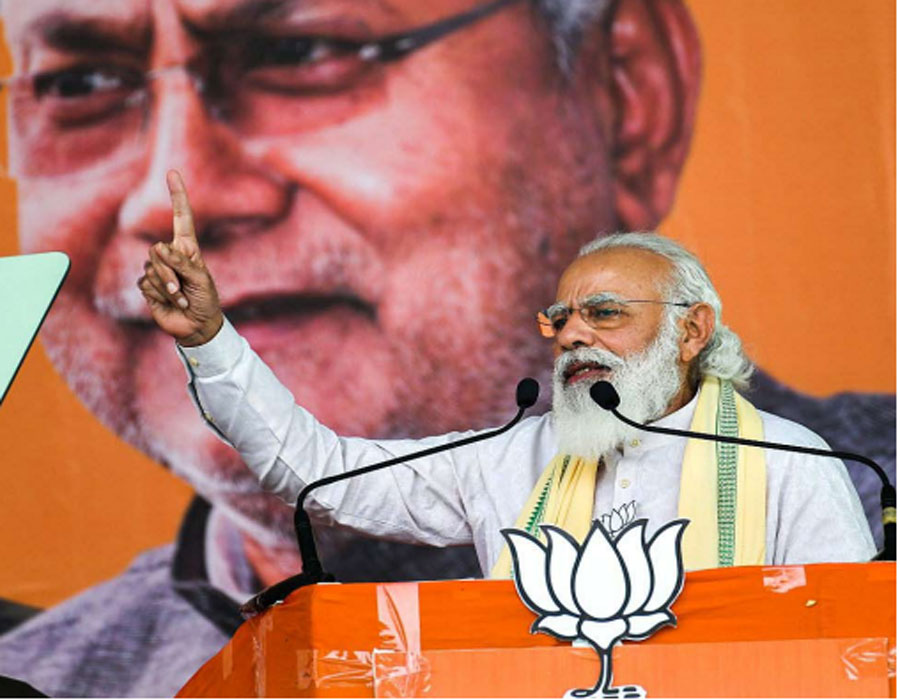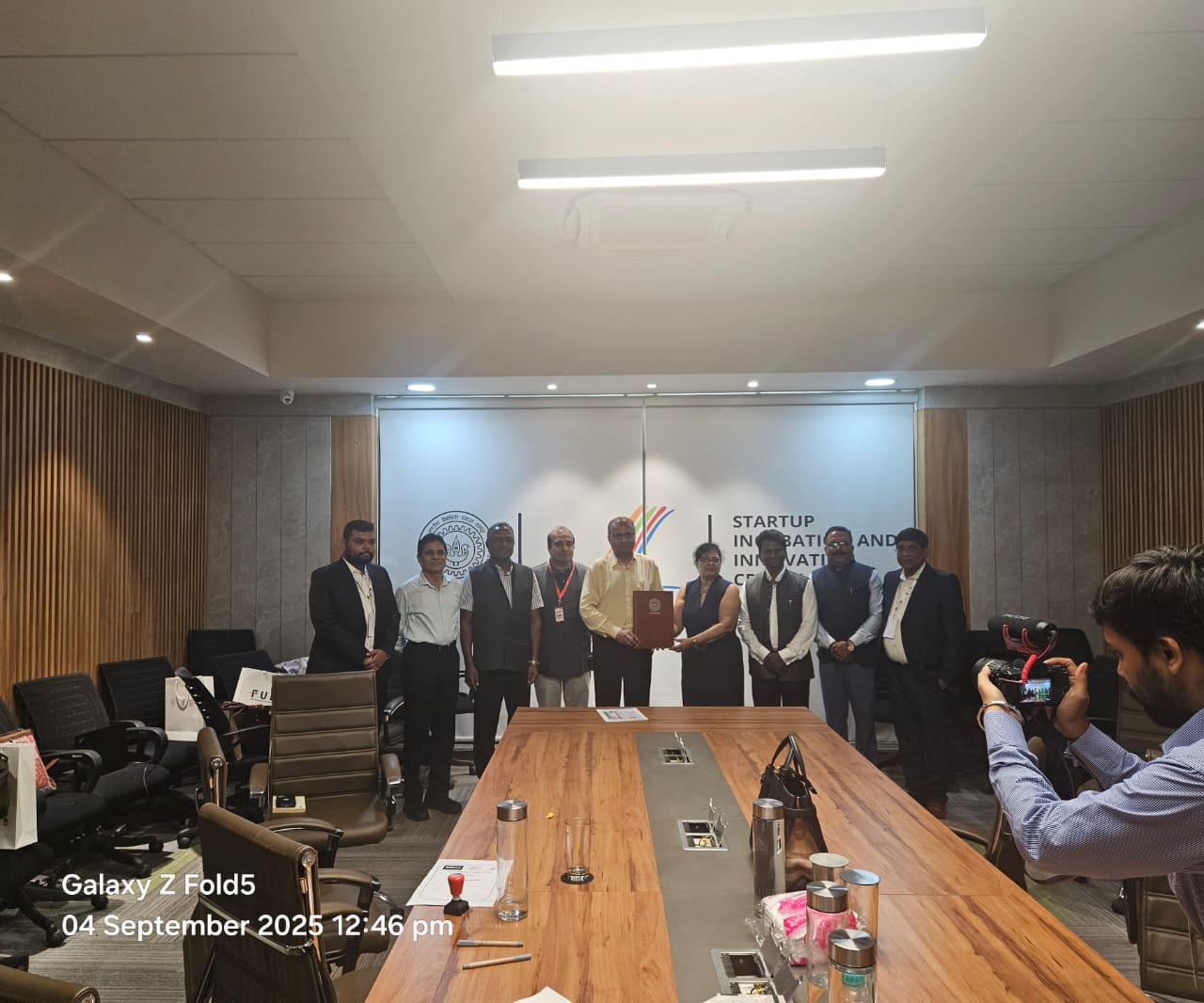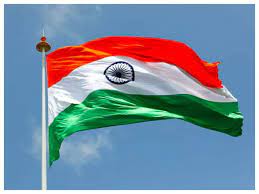Proving most of the exit polls wrong, Bihar assembly elections results have favoured the National Democratic Alliance (NDA) of BJP & JDU. The voters of Bihar have placed their trust in the NDA headed by Nitish Kumar in the state. This comes amidst a fifteen year of anti-incumbency and added hardships in the wake of Covid-19 pandemic. This was more than an ideological battle; it was a referendum on NDA headed by Nitish Kumar who was branded as below par performer on issues like employment creation, alleged corruption, his apathy towards basic health care, education and the issue of migrant labours. This result is one of its kinds where one alliance partner JDU has dipped to 43 seats from their 71 seats of 2015 and the other partner BJP has increased to 74 seats from their tally of 53 in 2015. Rarely do coalition parties meet different fates, so there has to be a plethora of reasons behind the drubbing of JDU & rise of BJP.
The disgruntled member of NDA, the Lok Janshakti Party- LJP headed by Chirag Paswan’s decision to go solo on 137 seats against the JDU & not against BJP took a toll on JDU. Though LJP never had much of an impact outside the Vaishali belt, a careful analysis of the data provided by the Election Commission forces one to observe the adverse palpable impact Chirag has managed to make on the electoral fortunes of Nitish. In constituencies like Alauli, Belhar, Khagaria,, Islampur, Korgahar, the Mahagathbandhan (MGB) has defeated JDU by 2,773, 2,468, 3,000, 3,698, 4,083 votes respectively. LJP played a spoiler for Nitish Kumar in these constituencies as it got more than 5000 votes on each seat. LJP almost dented JDU’s chances in Hilsa constituency by getting more than 17,000 votes. JDU won Hilsa by a mere 12 votes more than the RJD. Paswan also ended up reducing lead margins of JDU and other NDA allies like VIP (Vikassheel Insaan Party) & HAM (Hindustani Awam Morcha). Clearly, if not for Paswan the electoral prospects of NDA would have been better.
However, the biggest impact on Bihar elections is that of PM Narendra Modi. Despite the entire hullabaloo around economic distress, the poor handling of the Covid-19 pandemic, the issue of migrant labours, the job losses because of the lockdown etc., the charisma of PM Modi refuses to abate. His 12 rallies were exactly what the NDA needed. Modi not only gave BJP the best strike rate of 67.27 in Bihar, but also pulled out his ally out of deep trouble. Modi’s sundry economic packages of free food, cash, Covid tests, medicines, and free train tickets to migrant labourers, the short addresses to the nation during lockdown have successfully assured the masses that they have in him a PM who cares. In a country where political parties confined socialism to their poll promise and party manifesto, Modi has been able to implement socialism with efficiency. The various welfare schemes like-toilets under Swachh Bharat, bank accounts under Jan dhan, LPG subsidy etc. have won BJP loyal voters in rural India cutting across the caste barriers. It’s very hard to dent the image of saviour Modi who came from a poor family like them. Add to this, the muscular nationalistic icon that doesn’t care two hoots before looking China in the eye at Galwan or doing surgical strike and air strikes on Pakistan, Modi becomes a force to reckon with for any rival. The Modi factor has been the most important factor in Bihar election. Politics is a game of perceptions and Modi’s carefully crafted image connects with the masses.
Though CM Nitish Kumar was up against an anti-incumbency of 15 years but he has some solace on his side. Kumar took development process to the micro level. The development expenditure made by the state government has remained high in the past 15 years and consequently the Gross State Domestic Product growth rate in Bihar has also been high. Kumar’s attempts towards strengthening of Infrastructure development have been widely applauded. His government has implemented a large number of welfare programmes. The “Bihar ke Saat Nischay” scheme covers the 35% reservation for women in direct recruitment across all cadres and services of the state, piped drinking water, toilets for all households etc. Kumar’s historic decision of 2016 regarding alcohol prohibition has remained a hit with the poor women, who often were the victims of domestic violence at the hands of their intoxicated men. His prohibition has evidently drawn a large number of women towards the NDA. The overall female voter turnout was 5 % more than males. Unlike the first phase, where men voted 1% more than the women, in the 2nd & the 3rd phase, women voted 6% & 11% more than men respectively. Female votes have played important role in NDA victory. Though he is criticised for not making enough efforts towards employment generation, agricultural development, neglecting primary education and health care; the voter seems to have made his mind that Nitish at his worse is still better than the options available in Bihar.
The opposition headed by RJD could not be a match to the NDA despite best of their efforts. Rashtriya Janta Dal RJD supremo Tejasvi Yadav tried to highlight the issue of unemployment, poverty, lack of basic health infrastructure in the state as the issue. He strategically removed the posters of his father, Lalu Yadav as he probably didn’t want to remain in the shadow of a convict; this was brave coming from a political dynast. But it seems like the legacy of RJD has not faded away from the memories of Bihar. Young Tejasvi Yadav made valiant efforts to turn the fortunes for his party by focussing on issues that would matter, but unlike the JDU the alliance partner of RJD didn’t help in fact further dimmed their chances. Congress’s electoral fortunes have remained unfavourable for a while. Moreover, Congress was facing BJP directly in most of the constituencies. Congress under Rahul Gandhi vs BJP under Narendra Modi is a David vs Goliath battle and unlike the mythical saga Indian electoral politics has no provision of David carrying a secret tool to nail the mighty Goliath. Congress has become an albatross for its allies which they have to carry in the polls against a formidable BJP. Best would have been to cut down the Albatross to its size, so it was a blunder to give 70 seats to Congress. The AIMIM under Owaisi fighting on 20 constituencies also hurt MGB chances. He made a dent in Muslim votes and is gradually occupying the space in the hearts of Muslim voters that was vacant for last many years. But a counter polarisation always helps the BJP.
The revival of Left in Bihar is another remarkable outcome of Bihar elections. Communist Party of India Marxist Leninist (CPI- ML) piggybacking on RJD has won 12 constituencies with CPI & CPI (M) winning 2 constituencies respectively. CPI ML is the ultra-left faction of Communists that traces its roots to the naxal leader Charu Mazumdar. 14 constituencies for Left might have repercussions in Indian electoral politics in the long run.
Currently, the NDA has won and Nitish would be CM for the sixth time. His deputy Sushil Modi admitted on an interview just before the elections that Bihar has a very high population density so there is a lack of space in the state and therefore it cannot become a favoured destination of industries. Bihar government needs to address this by considering agriculture and allied activities as an apt option for employment generation. Bihari voters are way too smart to be allured by short term gains and this was probably the last time PM Modi has successfully sailed through the anti-incumbency in the state. The primary education, healthcare and employment remain the three big issues in Bihar and the Nitish Kumar led NDA must deliver.
Kanishk Shekhar is a political analyst and a book reviewer with a publishing house. He also teaches Political Science to students preparing for Civil services exam in leading institutes of India.








 OpinionExpress.In
OpinionExpress.In















Comments (0)